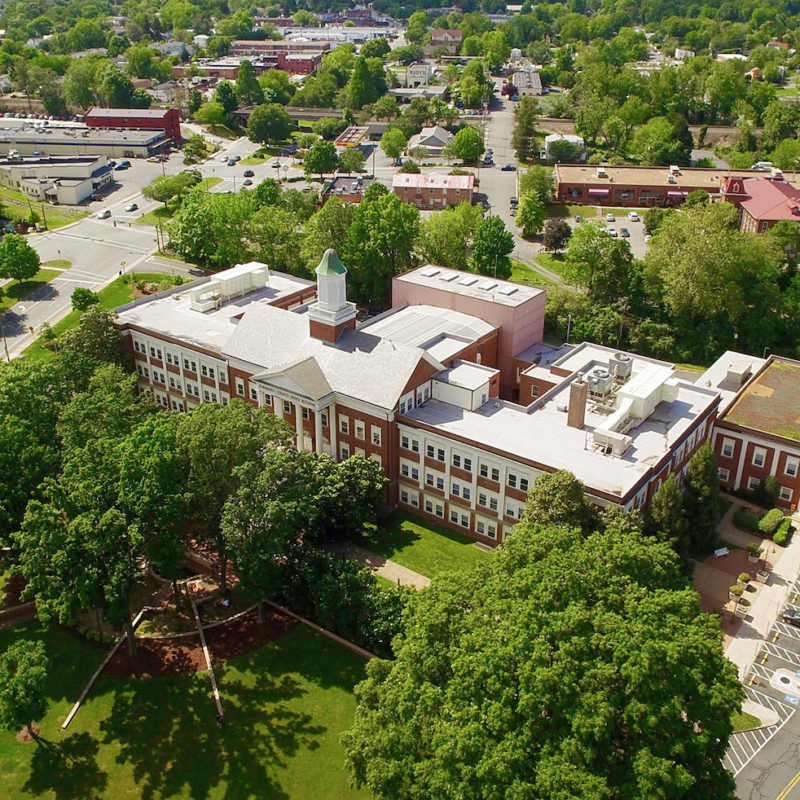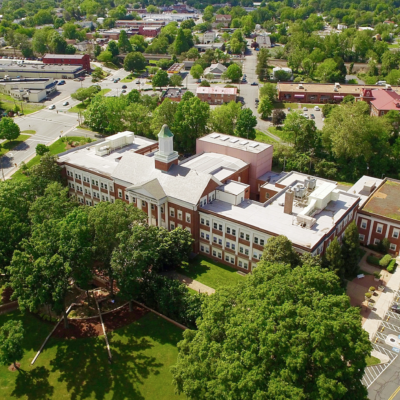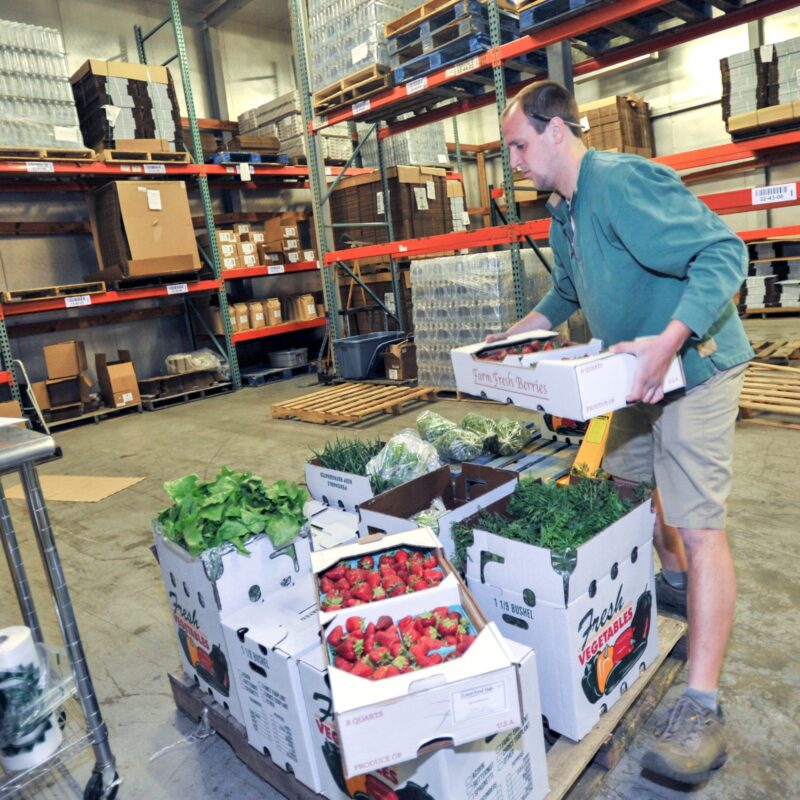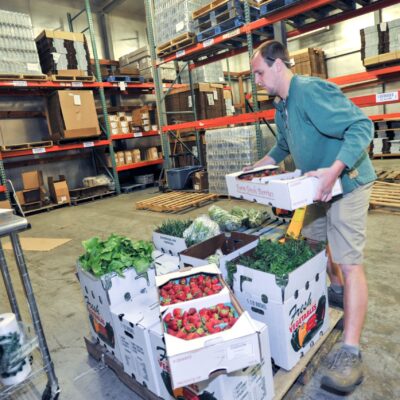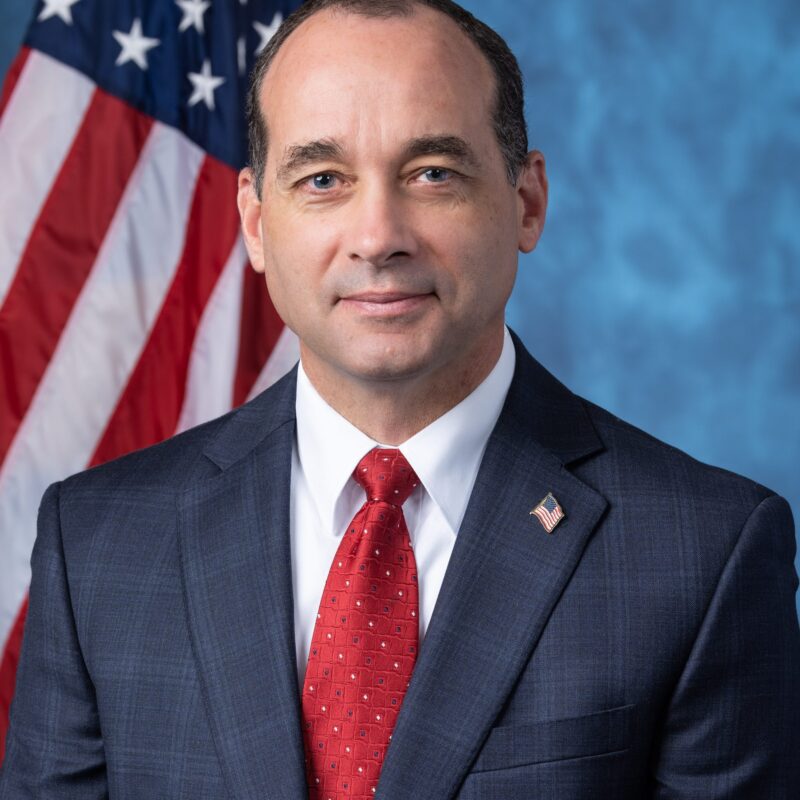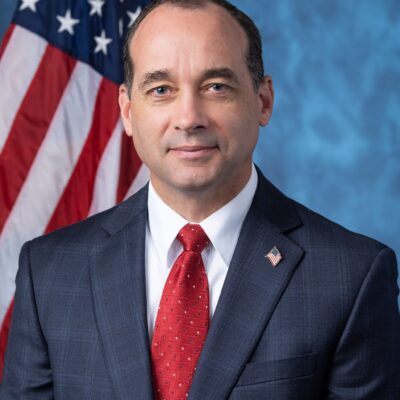Dear Ace: I was crossing the railroad tracks on my way into Farmington Country Club and almost got T-boned by a train! Why aren’t there any crossing bars? Who decides where to put crossing bars and who pays for them?—Loco Motive
Loco: Ace feels you. It’s getting so a guy can’t take an innocent late-night nap on the tracks without fearing for his life! Trains are serious business, and according to Federal Railroad Administration data, in the last 10 years, approximately 85 people have been killed per year at U.S. railroad crossings. O.K., not exactly a pandemic—the number of people killed by lightning each year is almost identical—but these should be preventable deaths, right? Who’s ensuring the safety of these crossings? Ace did some checking.
 Unless you want to be flattened to a pancake, you’ll have to look both ways at the Farmington railroad crossing. |
Jim Hotinger, manager of the State Corporation Commission’s Division of Utility and Railroad Safety (how does that all fit on his business card, Ace wonders), tells Ace that his department responds to citizen complaints about crossing safety. So if you really think a particular crossing is unsafe for any reason other than “I done drove across it right when the train was a-comin’,” they’re the people to call. But as for who puts up crossing bars in the first place, naturally, it’s a different bee in the bureaucratic hive.
Under the Intermodal Surface Transportation Efficiency Act of 1991, the federal government pays for 90 percent of safety programs at crossings (like crossbars), leaving 10 percent up to localities. As for who determines the necessity of crossbars, in Virginia, it’s a joint project of VDOT and the Department of Rail and Transportation. Together, they look at adjacent land use, driver sight lines and roadway geometrics to determine if a crossing needs to be made safer. If it does, they free up the federal and state money and start putting up crossbars, among other things. And private and public organizations are both free to submit applications for crossing safety improvements to VDOT.
So if you’re really concerned, Loco, start bugging the bigwigs at Farmington, or put together an official-sounding “Neighborhood Rail Watch Advisory Board” or summat with some buddies and start working on your application. There’s nothing like bureaucracy to take on bureaucracy.
